Benefits of Automating Laser Welding with Robots
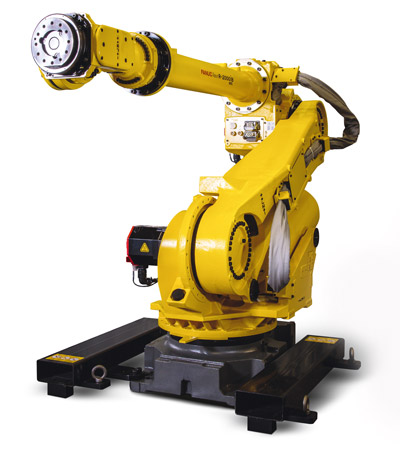
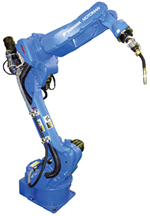
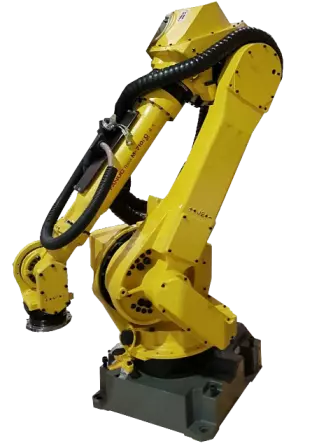
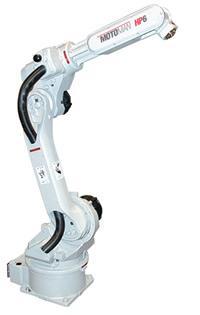
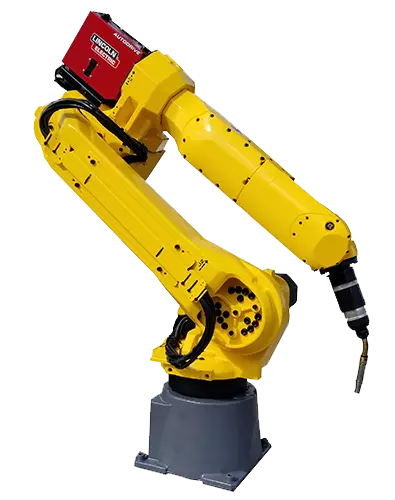
Laser welding has emerged as one of the top applications for robotic automation. Laser welding is unique to other welding applications since it uses a laser instead of an electric arc for joining metals together. When automated by welding robots, laser welding becomes a highly productive metal fabrication method. The top benefits of automating laser welding with industrial robots include:
- • Cleaner Welds - Laser welding is a precise welding method, even more so when automated with welding robots. Articulated robots operate with high repeatability, steady movements, and with incredible path accuracy. Automating with the FANUC Arcmate 120ic reduces spatter, resulting in a smooth, clean weld. Robotic laser welding increases first-run weld quality reducing the need for touchups or rework.
- • Small Heat Affected Zone - Robotic laser welding uses a much smaller heat affected zone (HAZ). Not only is the heat affected zone smaller, but less heat is needed to join metals together. The Motoman MA1400 is able to use a small heat affected zone while using lower temperatures and maintaining control over the temperature of the laser for consistent heat. A smaller heat affected zone and better temperature control reduces the risk of workpieces becoming distorted.
- • No Material Contact - Unlike other robotic welding applications, laser welding robots are able to weld parts without having to touch them. The ABB 2400L can laser weld parts without making contact, allowing for easier access to hard to reach workpieces. Some laser welding robots can weld from over a foot away, making them ideal for welding parts located in confined spaces. Not making contact with the materials also helps to prevent part distortion along with a small HAZ.
- • Versatile - Robotic laser welding is extremely versatile. Laser welding robots can work with a variety of metal types and metal thicknesses. The small heat affected zone and low temperatures make robotic laser welding ideal for thin metals. Laser welding six axis robots can also weld thick metals by creating a deep steam capillary. This method can even weld metals that previously were not considered weldable, such as exotic metals prone to cracking, since less heat is used.
- • Rapid Thermal Cycle - Automating laser welding with robots allows for a rapid thermal cycle that happens within a few milliseconds. This not only speeds up the welding process but produces a more durable weld. A rapid thermal cycle creates a better weld structure which has better mechanical properties. The weld will be more resistant to corrosion, will be stronger, and less likely to deteriorate.
- • Faster Cycle Times - The FANUC M710ic/20L operates at much faster speeds than a welder. Parts will be welded in less time than with manual laser welding. The elimination of touchups or rework due to the accuracy of laser welding robots further shortens the length of time to weld each part.
- • Safer - Manual laser welding can be dangerous to workers, especially since the laser is not visible. Automating with welding robots eliminates safety risks from workers. Laser welding robots can be contained in robotic workcells creating a safeguarded work environment that protects workers from exposure to the laser beam.
Robots Done Right is the place to start when it comes to used robots. Contact us if you are interested in buying or selling a used robot.